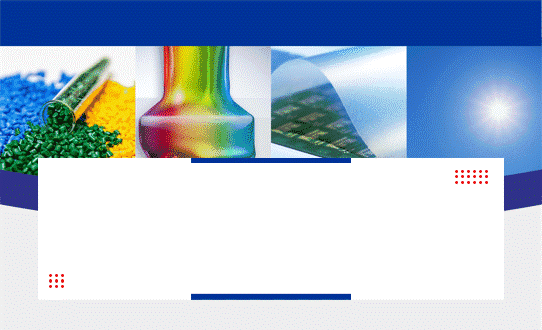An automatic spray coating machine applies coatings by atomizing the paint and spraying it onto the workpiece (substrate). As a recent spurt of progress in intelligent and digital technology, automatic spraying has increasingly replaced manual spraying. Apart from traditional industrial coatings, it is widely used for applying thin coatings on items like transparent conductive films for touch screens, as well as solar cells parts and semiconductor photoresists.
During the spraying process, improper operation can affect the coating quality. A good spray coating should be characterized by:
1) Uniform distribution of the coating.
2) A coating that is neither too thick nor too thin.
So, what should we pay attention to during spray coating?
The distance between the nozzle and the substrate is called the spray gun distance. Automatic spray machines typically use pressure spray guns and maintains a greater distance from the substrate, with an optimal range of 15 to 25 cm. The smaller the spray gun distance is, the greater the spraying pressure is, which also increases the impact on the product.
If the distance is too close, the coating may become uneven, leading to excessive thickness, and when spraying metallic or pearlescent paints, the color may differ from expectations. If the distance is too far, it can result in dry spray, overspray, poor leveling, and failure to meet the required thickness.
Spraying pressure refers to the atomizing pressure of paints during spraying. It significantly affects the result. Higher pressure improves atomization but can also cause excessive atomization, leading to waste and environmental pollution. Additionally, spraying pressure influences paint utilization.
Too low pressure can result in ineffective adhesion, while too high pressure may cause the paint to scatter excessively, reducing its utilization. The pressure is generally set between 0.1 to 0.5 Mpa, and it can be increased when spraying more viscous coatings.
By adjusting the fan pressure, the fan width of the spray gun can be regulated, typically set between 0.1 and 0.6 MPa. The fan width of the spray gun refers to the coverage area of the paint sprayed onto the working surface. This width determines the distribution of the paint on the surface.
If the spray fan is too large, it will lead to over-spraying of paint, forming a paint film that is too thick and ineffective, as well as wasting paint and increasing the cost of paint; if the spray fan is too small, it will lead to uneven spraying of paint, forming a paint film that is uneven and leakage of spray, which will affect the quality of spraying.
The speed at which the spray gun moves significantly impacts the coating quality. Inconsistent speed can result in uneven coating thickness. If the gun moves too quickly, the coating will be thin, appearing dry, poorly leveled, and rough. If it moves too slowly, the coating will be thick, potentially causing sagging.
Gun Angle to the Substrate
The spray gun should be perpendicular to the substrate or as close to perpendicular as possible. When moving the gun, it must remain parallel to the substrate surface . If the gun is tilted, the spray pattern will shift, causing one side to receive too much paint and the other side to be uncoated, resulting in streaks.
The flow rate of the spray gun greatly influences the coating performance. The flow pressure is generally set between 0.1 to 0.6 Mpa.
A flow rate that is too high may cause overly thick coatings, while a flow rate being too low can lead to uneven or incomplete coverage. Properly adjusting the spray gun flow rate is key to achieving the desired results.
After spraying, the ideal result is a full, even, and wet coating on the surface. In the past, manual spraying required experienced operators to get the desired outcome. Now, with advanced automatic spray machines, it is easy to achieve this result.
In response to increasing customer demands, we have developed a range of spraying equipment, including 1828 Automatic Panel Sprayer, 1829 EXP Automatic Panel Sprayer, 3231 Automatic Panel Coating Station, 3232 EXP Automatic Panel Spray Station, and the 3D Automatic Panel Sprayer.
Our automatic spraying equipment features one-touch start, intelligent programming, and fully automated spraying. With the innovative technology of spraying onto the metal surface, our machines have been recognized in the market and are ideal for industrial protective coatings, high-performance coatings and etc,. Regarding industry, it is the best choice for applications in automobiles and aerospace.





















